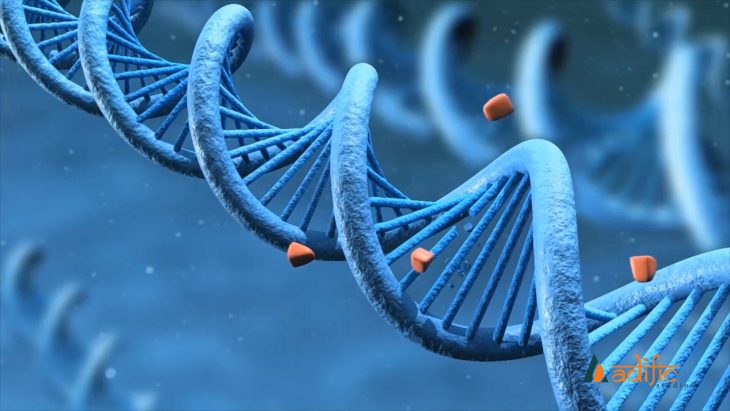Liver cancer is the second most deadly cancer in the world. Cancer results when cell growth cannot be controlled and cells grow in places they should not be naturally, which results in a clump of cancer cells called a tumor. Liver cancer has many unique versions which makes it difficult to treat. For this study, the two most common types of tumors were investigated.
Each tumor cell has a slightly different genetic makeup. Since each tumor cell is different, each is able to respond differently to cancer treatments which makes targeted therapies less effective. Liver cancer is also difficult to treat because each cancer cell changes the environment around it, referred to as the tumor’s microenvironment, in order to continue to grow where it usually does not.

Liver tumors. By wellunwell on Flickr.
Previously, scientists have shown that the progression of several types of tumors is linked to both how diverse the cells in the tumor are and the features of the microenvironment, but they have never been able to analyze this on a cell by cell basis and directly tie liver cancer cell diversity to patient survival rates.
Understanding how a tumor cell influences the environment around it is essential in developing new targeted therapies. Researchers at the National Cancer Institute, NIH, and others measured the characteristics of the environment around each liver cancer cell. They also investigated how the two most common types of tumors change their environment over time, so that early and late stages of cancer can be detected and treated appropriately.
Researchers also developed a new way to analyze liver cancers for how different each individual cell tumor is from another by measuring the diversity of their genetic code, or instructions for life. They hypothesized that liver tumors with higher diversity would be more deadly because treatment would not be able to easily target all cells. Scientists analyzed the RNA produced by each liver cancer cell, which can indicate what actions a cell is actually taking in a given moment. This was essential to determine in a solid tumor how each cell was different from other cells in the tumor on a genetic basis.
This research is important because in the past it has been unclear, especially in liver cancer patients, why some respond to treatment and why some do not. Scientists found that lower survival rates, both short- and long-term, were associated with higher tumor diversity. High diversity creates a better chance that one of the tumor cells will not respond to cancer treatment, and therefore continue to grow and survive. The researchers concluded that the more diverse a tumor sample is, the more aggressive the tumor becomes.

How cancer cells form. By wellunwell on Flickr
Next, researchers wanted to investigate what exactly cancer cells change in their environment in order to survive longer and spread faster. They knew at this point that tumors that have more cell diversity are able to survive for longer, but they did not know how tumor cells were changing their microenvironment in order to do this.
They found that liver tumor cells were controlling something called vascular endothelial growth factor A VEGFA in the environment around the cell. VEGFA’s main job is to signal to the body when a cell needs oxygen. By controlling this, the tumor cells are able to ensure a constant supply of oxygen for themselves, which is needed to survive. Researchers discovered that the most aggressive liver cancers have a higher amount of VEGFA, pointing to it being an important mechanism that cancer cells use to change their environment.
By understanding how liver cancer evades treatment and changes the environment around it to survive, more effective cancer therapies can be developed. Finding a connection between tumor cell diversity and how long the patient lives is essential in determining how far along the cancer is and the best way to treat it.
In the future, this knowledge could lead to more effective cancer therapy that targets a wider range of liver cancer cells in order to avoid cells becoming resistant to treatment. More studies like this could advance a promising area of future research called immunotherapy, which uses the patient’s own immune system cells to fight against cancer cells by reprogramming the environment around tumor cells.


